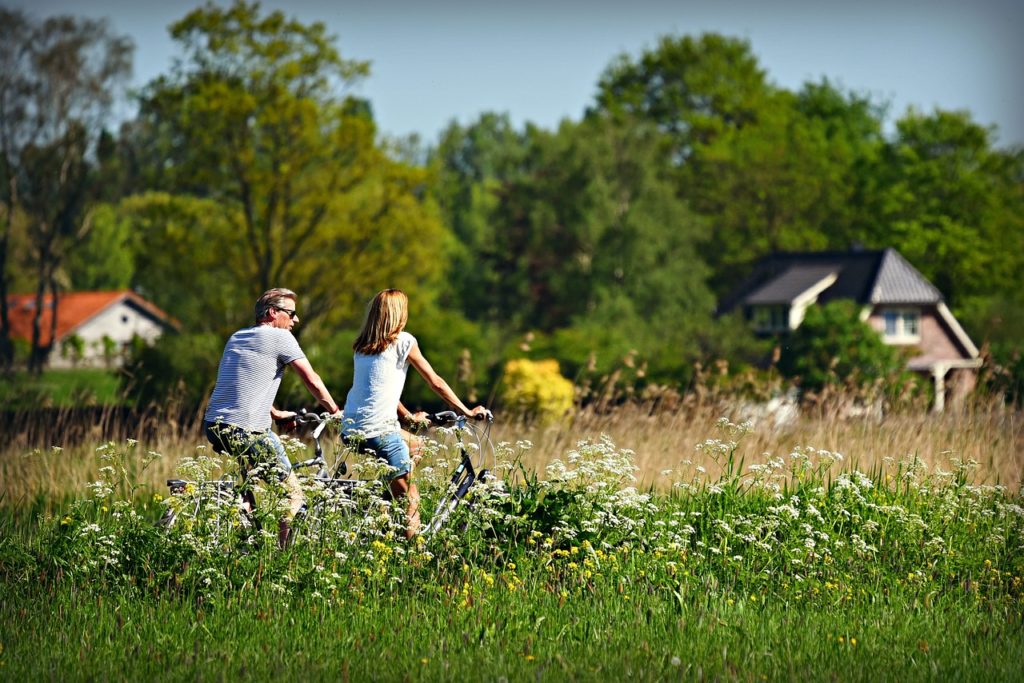
A recent study from the University of Jyväskylä in Finland shows that mental well-being can boost physical activity and vice versa.
Key Findings:
- Positive Feelings Encourage Activity: People aged 60 to 88 who felt more positive emotions stayed active or even increased their activity during the COVID-19 restrictions.
- Depressive Feelings Lower Activity: Those who felt depressed were less active and more likely to reduce their activity during the pandemic.
Age Matters:
- Stronger Link Around 60: The connection between positive emotions and physical activity was more solid for people around 60, compared to those over 70.
- Older Restrictions: In Finland, stricter rules for older adults may have impacted how mental well-being influenced physical activity.
Importance of Mental Well-Being:
- Positive Cycle: Mental well-being can help keep you physically active, creating a cycle of positivity.
- Supporting Activity: Focusing on lifting mental well-being, not just preventing depressive feelings, is crucial for staying active, even in challenging times.
Bottom Line:
Supporting mental health is essential for promoting an active lifestyle. Positive emotions are key in helping people, especially older adults, stay active and healthy.